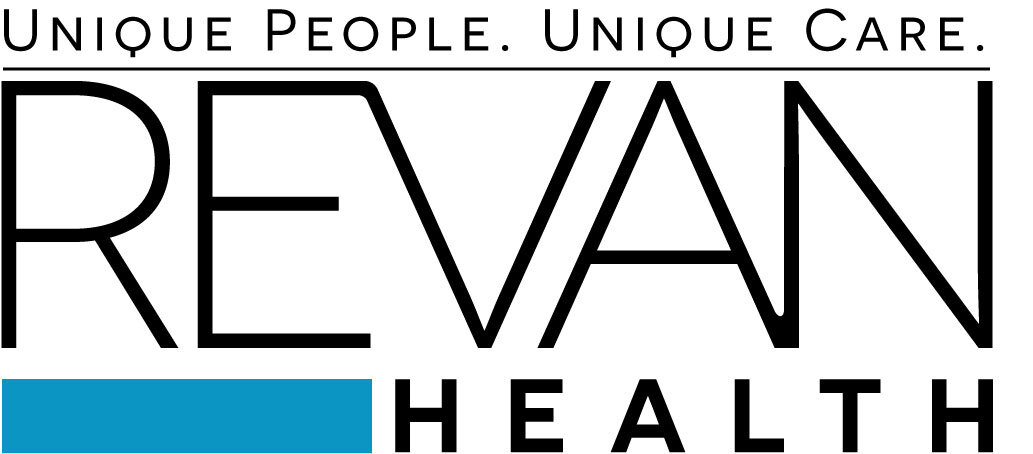As the summer sun beats down, it's essential to be aware of the risks associated with prolonged exposure to high temperatures. While heat exhaustion and heatstroke are both fairly common, knowing the difference between them and how to prevent them can keep you safe and healthy during the hottest months of the year.
Heat Exhaustion
Heat exhaustion occurs when your body loses an excessive amount of water and salt through sweating. It's a warning sign that your body is overheating. Symptoms of heat exhaustion include:
· Heavy sweating
· Weakness or fatigue
· Dizziness or fainting
· Nausea or vomiting
· Muscle cramps
· Cool, moist skin
· Rapid pulse
Here’s what to do if you feel yourself getting overheated and start exhibiting any of these symptoms.
1. Move to a cooler place. Find some shade and/or air conditioning.
2. Hydrate! Drink lots of water while in the heat. Sports drinks can also replenish lost fluids and electrolytes.
3. Rest. Sit or lie down and take it easy. Avoid strenuous activity until you're fully recovered.
4. Cool down. Apply cool, wet cloths to your skin, take a cool shower or use fans to lower your body temperature.
Heatstroke is a severe, life-threatening condition that occurs when the body's temperature regulation system fails. Immediate medical attention is key to prevent damage to your brain, heart, kidneys and muscles. The longer you go without treatment, the more severe the damage can be, including death. Symptoms of heatstroke include:
· High body temperature (104°F or higher)
· Hot, dry skin or profuse sweating
· Altered mental state (confusion, agitation, slurred speech)
· Seizures
· Unconsciousness
Here’s what to do if you or anyone in your group experiences any of these symptoms.
1. Call 911 immediately. Heatstroke is a medical emergency.
2. Cool the person down. While waiting for help, move the person to a cooler environment. Use any available method to cool them rapidly. You can immerse them in a tub of cool water, place ice packs on their body or cover them with cool, damp sheets.
3. Monitor their symptoms and be ready to provide CPR if necessary.
Tips to Avoid Heat Exhaustion and Heatstroke
· Drink plenty of water throughout the day, even if you don't feel thirsty. Avoid alcohol and caffeine, which can dehydrate you.
· Wear lightweight, light-colored, loose-fitting clothing. A wide-brimmed hat and sunglasses can provide additional protection from the sun. Schedule strenuous activities for the cooler parts of the day, such as early morning or late evening.
· Apply broad-spectrum sunscreen with an SPF of at least 30 to protect your skin from UV rays.
· If you're working or exercising outside, take frequent breaks in the shade or a cool area.
· Pay attention to weather forecasts and heat advisories. Plan accordingly to avoid being caught off guard by extreme temperatures.
Revan Health provides welcoming, respectful family medicine for all from infants to geriatrics. We understand the pain and frustration that comes with not feeling heard by your family care provider. We believe access to respectful care is key to improving medicine adherence and overall life satisfaction for our patients. Like us on Facebook or visit us at revanhealth.com.

